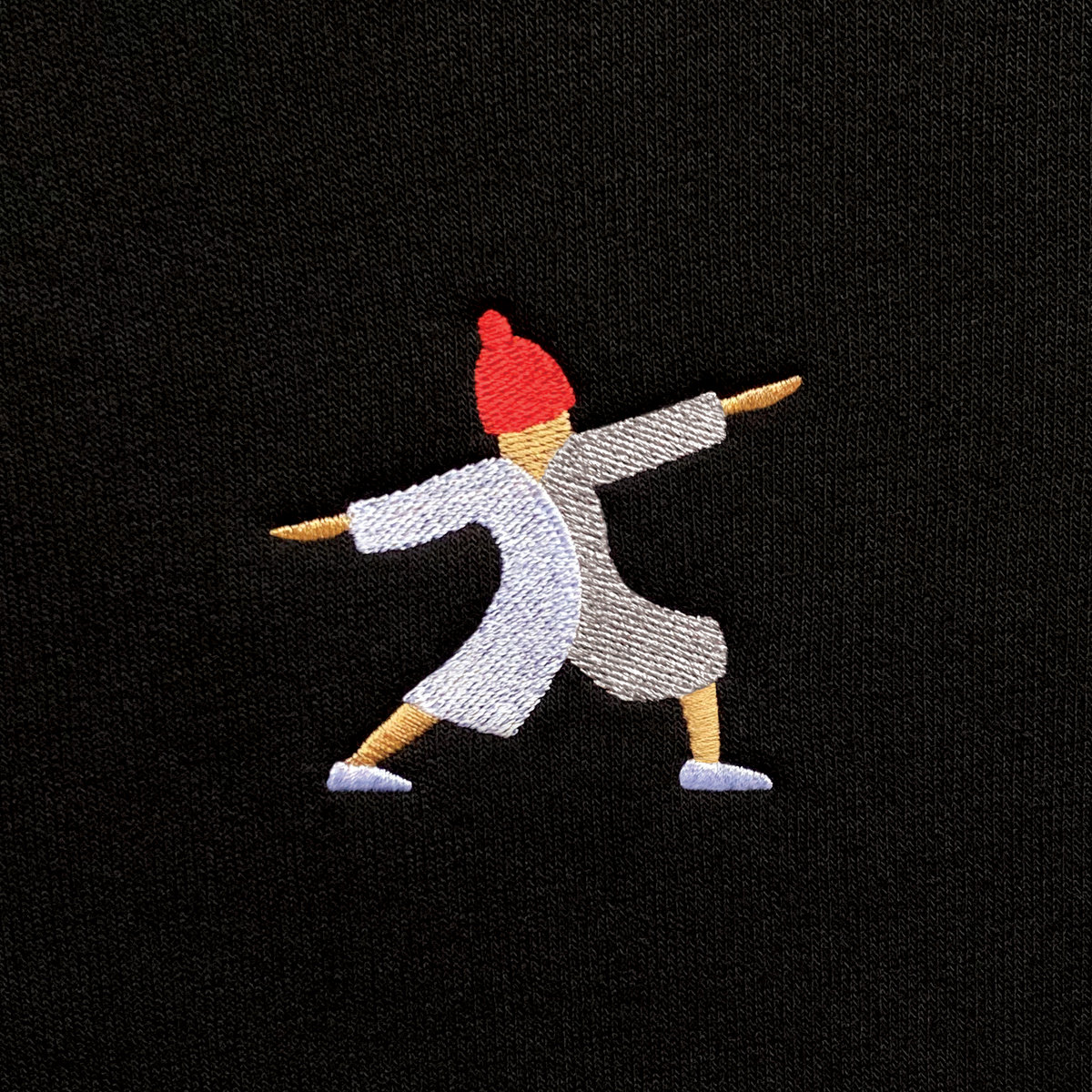The concept of "schvitz" is deeply rooted in Jewish culture, particularly in the traditions of Eastern European Jews. The term "schvitz" itself is Yiddish, a language that emerged as a fusion of Middle High German, Hebrew, and other languages, spoken by Ashkenazi Jews. In Yiddish, "schvitz" means "sweat," but the term encompasses a broader cultural and historical context, especially when referring to the schvitz bath or schvitz house.
Origins and Cultural Significance

The tradition of the schvitz bath originated in Eastern Europe, where it served as a communal bathing and socializing space. The schvitz was essentially a steam bath, heated by a stove or steam generator, where men would gather to cleanse their bodies and socialize. This tradition was not only about physical cleanliness but also about community bonding, relaxation, and spiritual rejuvenation. The schvitz played a significant role in Jewish communities, offering a space for social interaction, discussion, and even business negotiations, all while enjoying the warmth and steam.
Practical Aspects of the Schvitz Tradition
In practical terms, the schvitz involved a specific routine. Upon entering the schvitz, individuals would typically undress and sit on wooden benches or lie on stone or wooden platforms. Water would be poured over heated stones to create steam, filling the room with a dense, warm vapor. This steam was believed to have therapeutic properties, helping to open pores, cleanse the skin, and detoxify the body. The intense heat also prompted sweating, which was seen as a way to purge the body of impurities.
| Aspect of Schvitz | Description |
|---|---|
| Purpose | Physical cleansing, socialization, relaxation, and spiritual rejuvenation |
| Origin | Eastern European Jewish communities |
| Environment | Steam bath heated by stove or steam generator |
| Activities | Bathing, socializing, discussions, and occasional business negotiations |

Evolution and Modern Practices

Over time, the tradition of the schvitz has evolved. In many parts of the world, especially where Jewish communities have migrated, the schvitz has adapted to local customs and available technologies. However, the core elements of the schvitz as a space for communal bathing, socializing, and relaxation have remained relatively intact. Modern schvitz baths may incorporate various amenities and therapeutic services, such as massages, aromatherapy, and health counseling, catering to a broader audience interested in wellness and holistic health practices.
Challenges and Preservations
Despite its cultural significance, the schvitz tradition faces challenges in the modern era. Urbanization, changes in lifestyle, and the rise of more individualized and technology-driven leisure activities have contributed to a decline in the popularity of communal bathing practices like the schvitz. Nevertheless, there are efforts to preserve and revive this tradition, recognizing its importance not only as a cultural heritage but also as a unique approach to community building and personal well-being.
Key Points
- The schvitz is a traditional Jewish communal bathing and socializing practice originating in Eastern Europe.
- It combines physical cleansing with social interaction, relaxation, and spiritual rejuvenation in a steam bath environment.
- The tradition has evolved over time, incorporating modern amenities and therapeutic services while maintaining its core communal and wellness-focused elements.
- Efforts are being made to preserve the schvitz tradition, acknowledging its cultural significance and unique contribution to community and personal well-being.
- The schvitz shares universal themes with other global steam bath and sauna practices, emphasizing the importance of communal spaces for health and social connection.
In conclusion, the schvitz represents a rich and enduring aspect of Jewish cultural heritage, combining elements of physical and spiritual cleansing with profound social and communal significance. As the world becomes increasingly interconnected and interested in holistic wellness practices, the schvitz tradition offers valuable insights into the importance of community, relaxation, and traditional practices in modern life.
What is the primary purpose of the schvitz tradition?
+The primary purpose of the schvitz is multifaceted, including physical cleansing, socialization, relaxation, and spiritual rejuvenation, all facilitated within a communal steam bath environment.
How has the schvitz tradition evolved over time?
+The schvitz tradition has adapted to changing lifestyles and technologies, incorporating modern amenities and therapeutic services while retaining its core communal and wellness-focused elements.
What challenges does the schvitz tradition face in the modern era?
+The schvitz faces challenges such as urbanization, lifestyle changes, and the rise of individualized leisure activities, which have contributed to a decline in communal bathing practices. However, preservation efforts are underway to maintain this cultural heritage.



